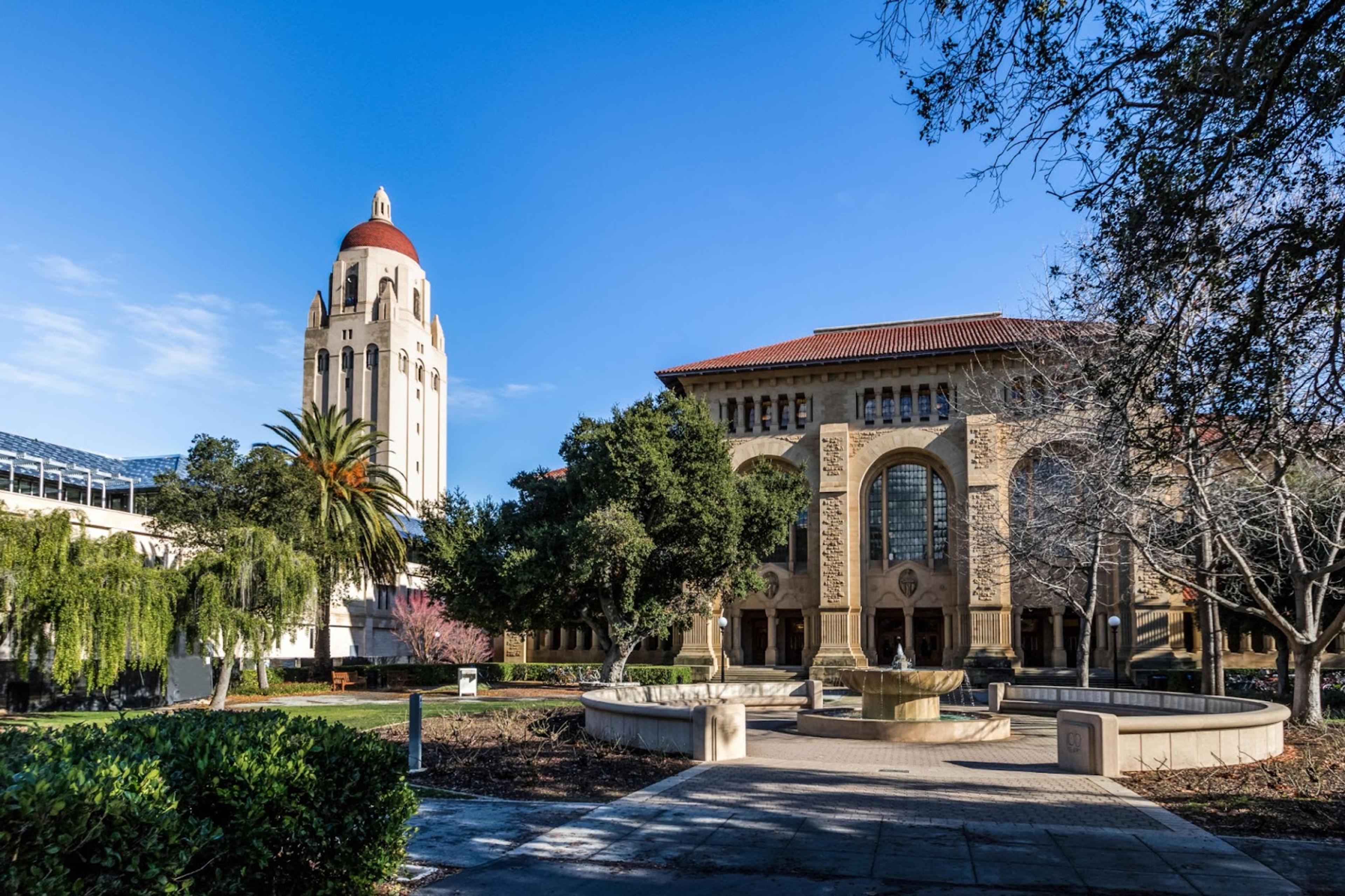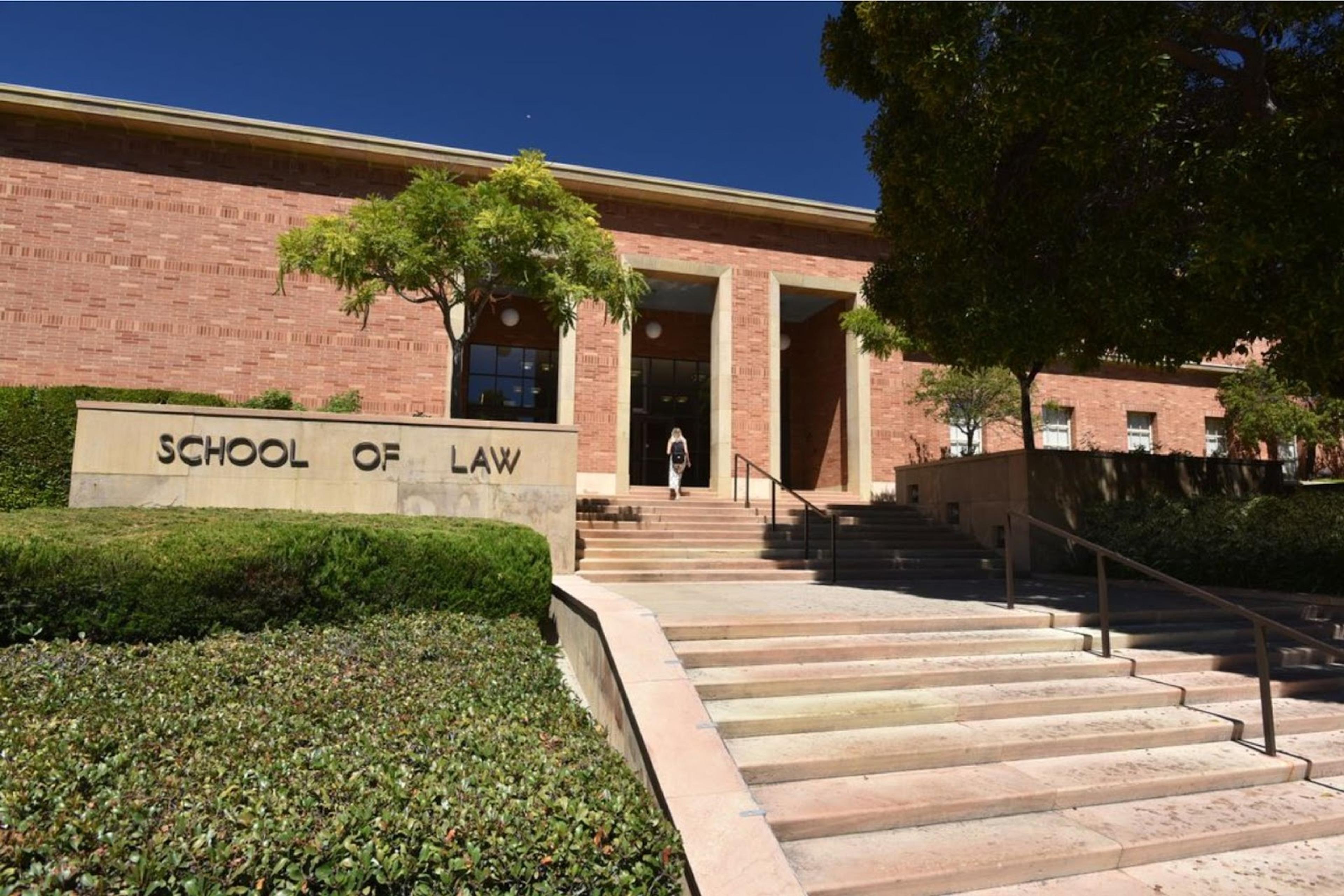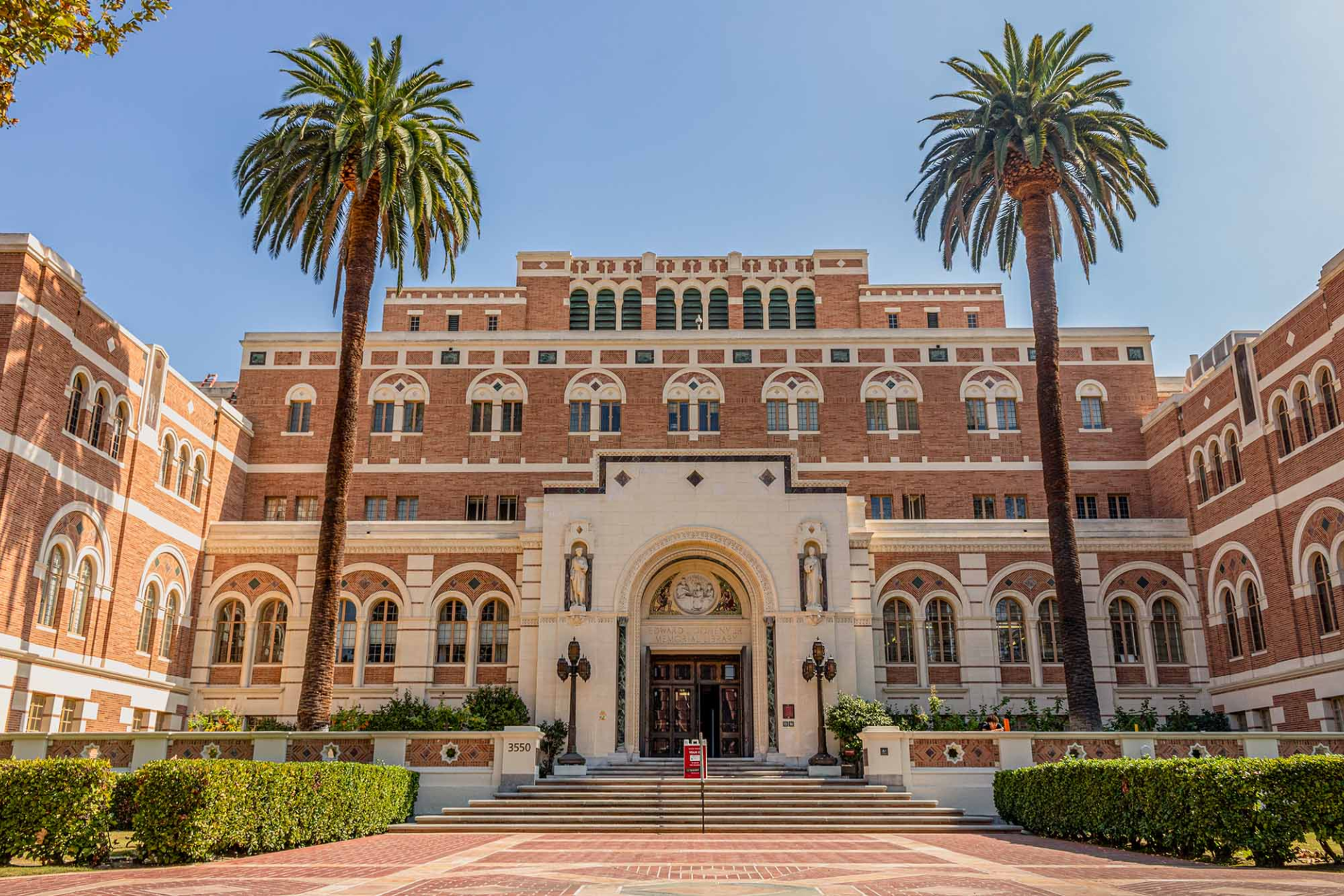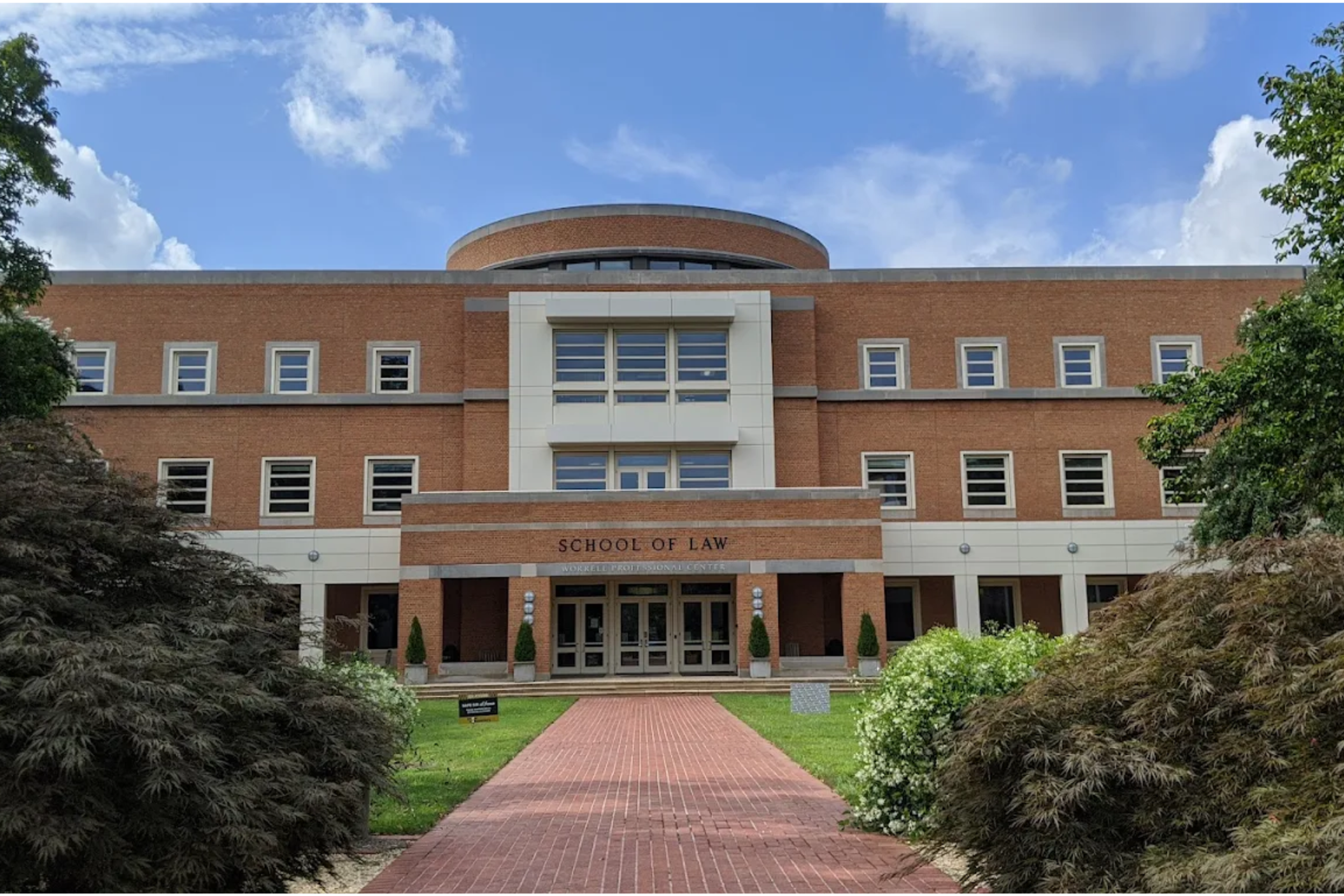Stanford Law School vs. Columbia Law School: Rankings, LSAT/GPA, & Curriculum
Are you considering pursuing a law degree? Read our in-depth comparison of Stanford Law School and Columbia Law School to help you make an informed decision.
Posted June 13, 2025

Table of Contents
Free Event

Featuring Indrani S.
How To Write Outstanding Law School Application Essays
Starting Tuesday, September 2
11:30 PM UTC · 60 minutes

Featuring Indrani S.
Stanford Law School and Columbia Law School are two of the most prestigious law schools in the country, each offering a distinct approach to legal education and professional development. While both institutions provide world-class faculty, rigorous curricula, and strong alumni networks, key differences in academic structure, location, and career outcomes may influence your decision.
This guide compares Stanford Law School and Columbia Law School across multiple factors, including rankings, curriculum, financial aid, and job prospects, to help you choose the best law school for your goals.
Read: How to Get Into a T14 Law School
Stanford Law School vs. Columbia Law School — Overview
Stanford Law School
Located in Stanford, California, SLS is renowned for its interdisciplinary approach, small class sizes, and strong connections to the tech industry. The school emphasizes innovation, allowing students to enroll in courses across Stanford's other top-ranked graduate programs, including business, engineering, and public policy. This flexibility enables law students to explore specialized courses early in their legal education. Many SLS graduates pursue careers in technology law, venture capital, and entrepreneurship, often securing clerkships with federal judges or leadership positions in Silicon Valley's legal and corporate sectors. The school also boasts high bar exam passage rates, reflecting its commitment to a comprehensive and cutting-edge legal education.
Columbia Law School
Situated in New York City, CLS offers an urban legal education with extensive access to major law firms, financial institutions, and government agencies. Known for its rigorous curriculum and competitive environment, Columbia graduates frequently secure positions at top firms, international organizations, and government institutions. As a leading East Coast institution, Columbia has a long tradition of producing graduates who excel in international law, corporate law, and judicial clerkships. Many alumni go on to serve as federal judges, reinforcing the school's strong influence in both the public and private sectors. Additionally, Columbia's location in a major legal hub provides law students with numerous internship opportunities and direct access to key industry leaders.
| Stanford Law School | Columbia Law School | |
|---|---|---|
| Location | Stanford, CA | New York, NY |
| Ranking | #1 | #8 |
| Class Size | ~180 | ~400 |
| Acceptance Rate | 7.26% | 11.7% |
| Bar Passage Rate | 94.41% | 93.7% |
Academics & Curriculum
Core Curriculum
Both Stanford Law and Columbia Law require students to complete core law courses, including contracts, torts, criminal law, property law, constitutional law, and civil procedure. However, there are key differences:
- Stanford Law follows a quarter system, allowing students to take a wider variety of courses in a shorter time frame.
- Columbia Law follows a semester system, providing a traditional structure that aligns with many law schools in the Ivy League.
Electives and Concentrations
Both schools offer diverse elective options, but their focuses differ:
- Stanford Law School emphasizes interdisciplinary learning, with research opportunities at Stanford's business, engineering, and public policy schools. Popular concentrations include technology law, intellectual property law, and public interest law.
- Columbia Law School has extensive course offerings in international law, corporate law, and securities regulation. The school’s location in New York provides access to Wall Street firms, government institutions, and internship opportunities in global business law.
Faculty and Class Sizes
- Stanford Law School has a student-faculty ratio of 4:1, fostering small classes and individualized attention.
- Columbia Law School has a larger student body but an expansive faculty with expertise in nearly every legal profession field.
Admissions, Selectivity, & Reputation
Stanford vs. Columbia Law School: Acceptance Rate, GPA, and LSAT
Both Stanford Law School and Columbia Law School are highly selective, requiring strong LSAT scores and GPAs. While both schools have nearly identical median LSAT scores, Stanford Law has a slightly lower acceptance rate and a higher median GPA, reflecting its competitive applicant pool.
| Stanford Law School | Columbia Law School | |
|---|---|---|
| Acceptance Rate | 7.26% | 11.7% |
| Median GPA | 3.95 | 3.90 |
| GPA Range (25th-75th Percentile) | 3.83-3.99 | 3.81-3.96 |
| Median LSAT | 173 | 173 |
| LSAT Range (25th-75th Percentile) | 171-175 | 170-175 |
Applications
Both Stanford Law School and Columbia Law School have highly selective admissions processes, seeking applicants who demonstrate exceptional academic ability, professional experience, and a strong commitment to the legal profession. While both schools require a competitive GPA, high LSAT scores, and compelling personal statements, their admissions philosophies differ in several key ways.
Stanford Law School
- Stanford seeks applicants who can connect law with other disciplines such as business, technology, policy, and engineering. Students with strong backgrounds in multiple fields are highly valued.
- The admissions committee looks for candidates who have demonstrated leadership, entrepreneurial spirit, and a commitment to problem-solving in complex legal or policy-related areas.
- Successful Stanford Law applicants often use their essays to highlight unique research interests, personal projects, or contributions to law and society that set them apart. Stories about public service, innovation, or legal activism are particularly compelling.
- Stanford places a strong emphasis on academic excellence, so letters from professors or mentors who can speak to a candidate’s intellectual ability, analytical skills, and original thinking are particularly important.
- While not required, work experience—especially in law firms, public policy, or entrepreneurial ventures—can strengthen an application.
Columbia Law School
- Columbia Law School tends to favor applicants with strong Ivy League or elite undergraduate backgrounds. Candidates from top-tier universities with strong academic performance have a competitive edge.
- Unlike Stanford, Columbia places greater emphasis on applicants with substantial work experience in law firms, government roles, financial institutions, or international organizations.
- Columbia looks for applicants who demonstrate analytical depth, strong writing skills, and a commitment to the legal field. Essays that discuss Big Law aspirations, government service, or international legal work often resonate well with the admissions committee.
- Applicants with strong endorsements from law professors, legal employers, or government officials tend to stand out. Columbia values recommendations that highlight an applicant’s ability to handle the rigor of a top law school and succeed in high-stakes legal environments.
- Given Columbia’s location in New York, students with prior internships at top law firms, judicial clerkships, or financial institutions are often seen as strong candidates.
Read: How to Ace the Columbia Law School Interview
Tips for Applicants
- Know the school's culture - Stanford thrives on innovation and flexibility, while Columbia values academic rigor and traditional pathways into law firms and government roles. Tailor your application to reflect these priorities.
- Highlight relevant experiences - If you have a strong background in technology law, entrepreneurship, or public policy, Stanford may be a better fit. Columbia could be ideal if your experience leans toward corporate law, finance, or international diplomacy.
- Showcase career alignment - Admissions committees at both schools look for applicants who clearly understand how their legal education will help them achieve long-term career goals. Your personal statement, resume, and letters of recommendation should align with your intended legal path.
Career Outcomes & Job Prospects
Both Stanford Law and Columbia Law have outstanding job prospects, with strong placement in Big Law firms, clerkships, and academia.
Employment Statistics
Stanford Law School:
- Law Firms: Approximately 42%
- Judicial Clerkships: About 30.5%
- Public Interest: Around 13.5%
- Government: Approximately 4%
- Business & Industry: Data specific to this category is not provided
Columbia Law School:
- Law Firms: Approximately 81.3%
- Judicial Clerkships: About 6.7%
- Public Interest: Approximately 7.2%
- Government: Around 3.6%
- Business & Industry: Approximately 0.7%
Campus Culture & Student Life
- Stanford Law School offers a West Coast experience characterized by a relaxed and collaborative environment, often associated with the presence of palm trees and a focus on innovation.
- Columbia Law School provides an urban setting in New York City, known for its fast-paced academic and professional culture, offering students extensive networking opportunities within the city's legal and financial sectors.
Cost & Financial Aid
Stanford Law School vs. Columbia Law School — Tuition & Cost of Attendance
The cost of attending Stanford Law School and Columbia Law School is significant, with both institutions ranking among the most expensive law schools in the country. However, tuition fees and living expenses vary based on location. Columbia Law, situated in New York City, generally has higher housing and personal expenses due to the city’s cost of living. Stanford Law, based in California, has slightly lower total expenses but still requires a substantial financial commitment. Understanding these differences is crucial when considering financial aid, scholarships, and loan repayment options.
| Stanford Law School | Columbia Law School | |
|---|---|---|
| Tuition | $74,475 | $78,278 |
| Housing | $20,976 | $22,000 |
| Food | $7,215 | $6,000 |
| Personal Expenses | $8,655 | $9,000 |
| Books & Supplies | $1,530 | $1,500 |
| Total Cost | $116,814 | $121,778 |
Scholarships, Loan Forgiveness, and Other Financial Aid
Both Stanford Law School and Columbia Law School offer substantial financial aid, but their approaches differ.
- Stanford Law primarily provides need-based aid and has a strong Loan Repayment Assistance Program (LRAP) supporting graduates in public interest, government, and clerkship roles.
- Columbia Law offers both merit-based and need-based scholarships, including the prestigious Hamilton Fellowship, and has an extensive LRAP designed to assist graduates in public service and international law careers.
While both schools have robust financial aid programs, neither definitively offers "more" loan repayment assistance than the other, as both prioritize making legal education accessible for students pursuing lower-paying legal careers.
Stanford Law School vs. Columbia Law School — Other Considerations
- Columbia Law has stronger ties to New York’s financial and legal sectors, making it a top choice for students pursuing careers in business law, corporate litigation, and international law. Its location provides access to major law firms, financial institutions, and internship opportunities in government agencies.
- Stanford Law emphasizes innovation, technology law, and entrepreneurship, making it an excellent fit for students interested in Silicon Valley startups, venture capital, and intellectual property law.
- International students at both schools benefit from strong global networks, but Columbia Law’s location in New York, a global legal hub, offers a wider range of opportunities in international law and diplomacy.
- Columbia Law has a more structured and traditional academic year, while Stanford Law operates on a quarter system, allowing for more flexibility in course selection.
- Stanford Law fosters a smaller, collaborative academic environment with a low student-faculty ratio, whereas Columbia Law provides a larger, more competitive setting with an extensive alumni network spanning major law and business sectors.
The Bottom Line
- Stanford Law School offers a smaller, innovation-driven environment with strong ties to technology law, venture capital, and entrepreneurship, making it ideal for students interested in Silicon Valley.
- Columbia Law School provides a more traditional Ivy League experience with deep connections to New York’s financial and legal sectors, offering strong placement in Big Law, corporate law, and international law.
- Stanford Law follows a quarter system, allowing for greater course flexibility, while Columbia Law operates on a semester system with a more structured approach.
- Both schools have exceptional faculty, alumni networks, and career opportunities, but their campus cultures differ—Stanford offers a more intimate, collaborative setting, while Columbia thrives in a fast-paced, urban environment.
- Financial aid and tuition fees vary, with both schools offering scholarships, loan forgiveness programs, and financial assistance for public interest careers.
Navigating the top law school admissions process can be challenging—work with expert law school admissions coaches to maximize your chances of getting into the right law school for you!
FAQs
What are the differences in campus culture and student life between Stanford and Columbia?
- Prospective students often seek to understand the distinct campus environments, including aspects like class sizes, student organizations, and overall lifestyle.
How do the grading systems at Stanford and Columbia differ?
- Understanding the grading policies, such as pass/fail options or traditional letter grades, can influence a student's decision.
What are the opportunities for international students at each institution?
- Information on support services, integration programs, and career prospects for international students is a common inquiry.
How do the schools' locations influence networking opportunities and internships?
- The impact of being in Palo Alto versus New York City on access to legal markets and professional connections is a frequent consideration.
What joint degree programs are available at each law school?
- Many applicants are interested in combining their law degree with another discipline and seek details on available joint programs.
How do the schools support students interested in public interest law?
- Information on clinics, externships, and funding for public interest work is often sought by prospective students.
How does Stanford Law and Columbia Law compare to Harvard Law?
- Many prospective students weigh Stanford Law, Columbia Law, and Harvard Law against each other when choosing a top law school. Key differences include Harvard Law’s larger class size, broader alumni network, and traditional case method approach, while Stanford emphasizes interdisciplinary learning and Columbia offers strong connections to Big Law firms in New York City.











